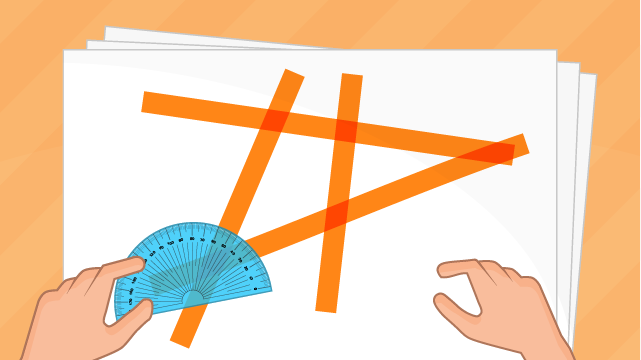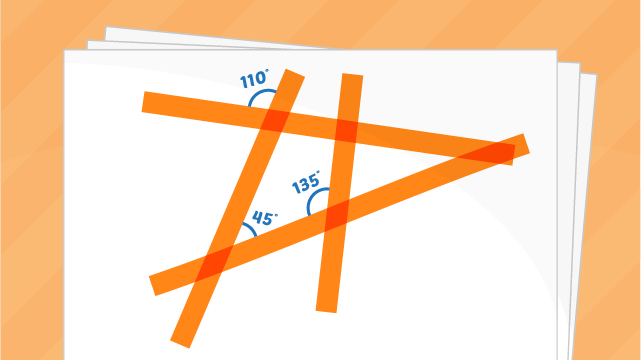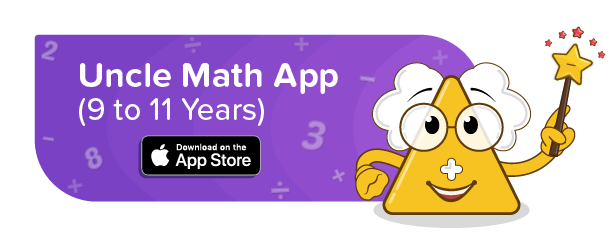
Angles are fascinating geometric concepts that surround us in our everyday lives. Children learn basic geometric concepts, types of lines, all about circle, types of triangles along with types of angles in primary grade. Understanding angles is crucial in various disciplines, including mathematics, science, and engineering.
This teaching guide aims to provide interactive and age-appropriate lessons on angles and their types for children aged 9 to 11. Through hands-on activities and engaging animated videos, students will develop a solid foundation in angle concepts.
What is an angle?
When two straight lines or rays intersect at a single endpoint, an angle is created. The vertex of an angle is the location where two points come together. Angles are measured using a protractor. Angles are always measured in degrees.

Part of the angle :
Vertex : The intersection of two lines or sides at an angle is called a vertex. In the above diagram, O is the vertex.
Arms : These are two sides of the angle that are joined at a common single point, a vertex. In the above diagram, the arms of an angle are OA and OB.
Types Of Angles
Angles can be categorised based on their measurement and rotational direction.
Types of angles on the basis of measurement :
Acute angle : Angle that is formed due to two rays joining at the vertex and that is less than 90°. Observe the figure which shows that ∠XYZ is an acute angle.

Obtuse angle : Angle that is formed due to two rays joining at the vertex and ranges from 90° to 180°. Observe the figure which shows that ∠XYZ is an obtuse angle.

Right angle : If two rays join together to form an angle of 90° at the vertex, it is called a right angle. Observe the figure which shows that ∠XYZ is a right angle.

Straight angle : If two rays join together to form an angle of 180° at the vertex, it is called a right angle. Two rays forming a straight angle are opposite each other at the vertex. Two rays come in a straight line. Observe the figure which shows that ∠XYZ is a straight angle.

Reflex angle : Angle that is formed due to two rays joining at the vertex and is more than 180° and less than 360°. Observe the figure which shows that ∠XYZ is a reflex angle.

Full rotation angle : Angle that is formed when one of the arms of the angle goes on complete rotation or forms an angle of 360° is the full rotation angle.Observe the figure which shows that ∠XYZ is a reflex angle.

Types of angles on the basis of rotational direction :
Angles on the basis of the rotation of one of the arms are classified into two types, namely, positive and negative angles. Children study these angles in their senior classes.
Teaching angles with kid-friendly, clear, and easy-to-understand posters from Uncle Math School by Fun2Do Labs :
Ignite kids’ curiosity with engaging stories for role play and skits, making the learning of this concept an exciting and effective experience. Teaching angles through stories from Uncle Math School by Fun2Do Labs :
Learning angles can be made enjoyable by incorporating interactive games and activities.
Crafting Tape Angles!
- Give a crafting tape to each child Stick bits of tape all over a sheet.
- Instruct children to find and measure all of the angles created.
- Children can use a whiteboard marker to write values and protractors to measure angles created by them.




Help your kids practise angles with interesting and engaging fun worksheets and solutions from Uncle Math by Fun2Do Labs.



















